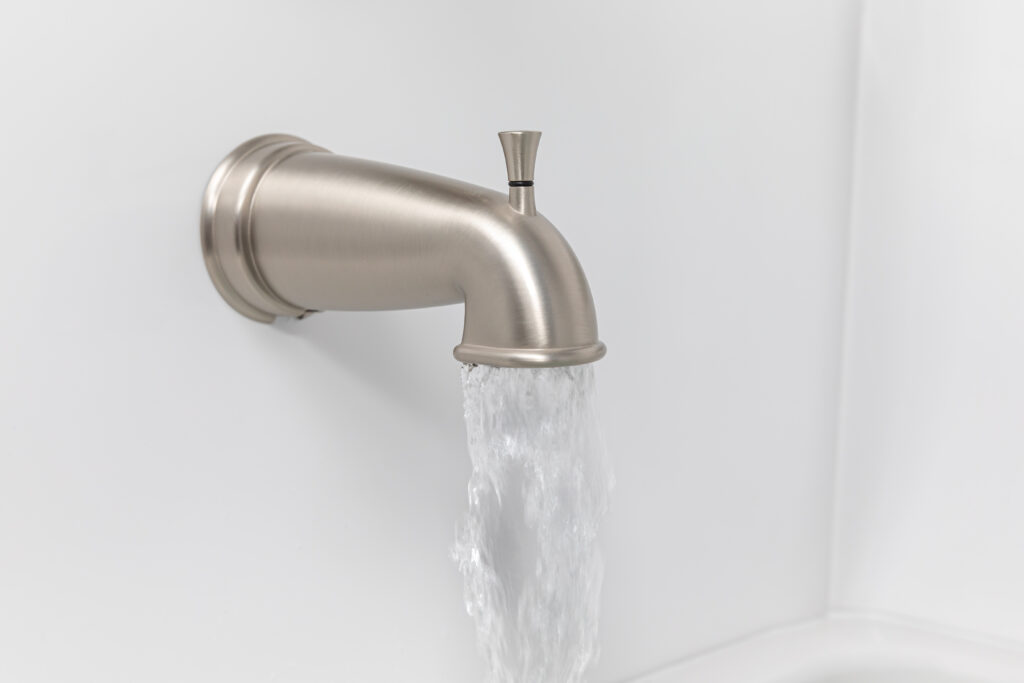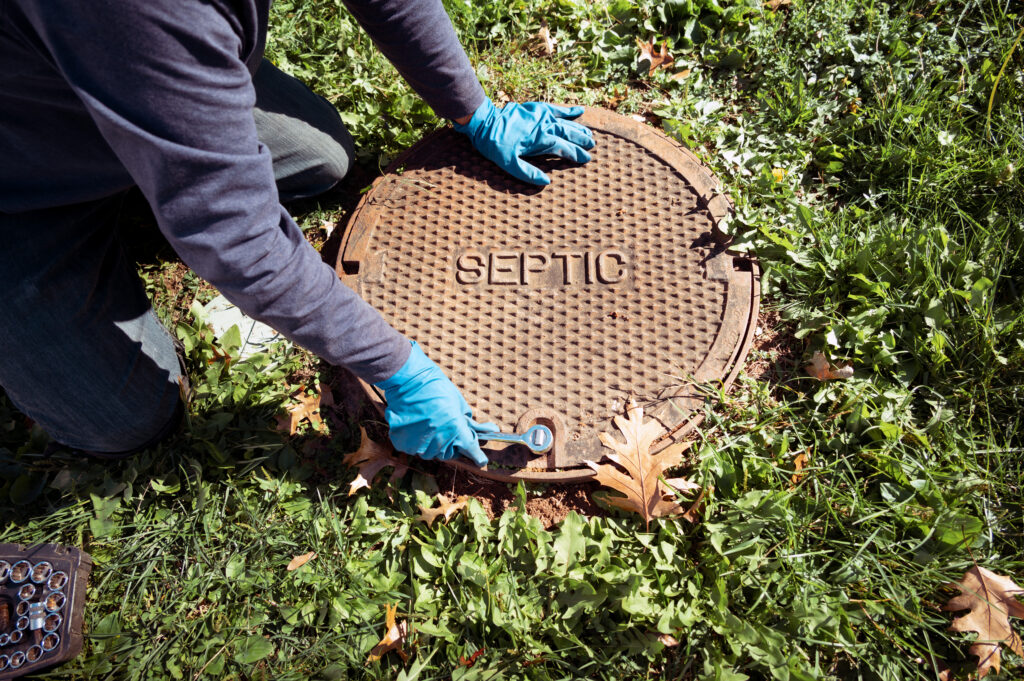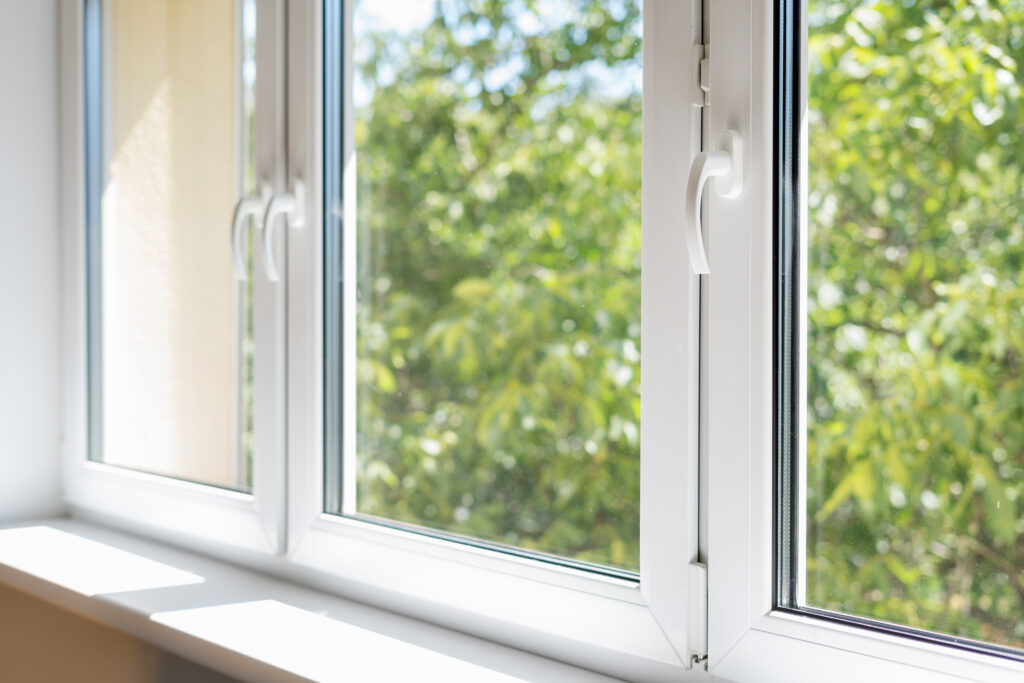What Is a Plumbing Diverter? Everything Homeowners Need to Know
So, you’re standing in the shower after a long day, reaching for that familiar handle to switch the water from the bathtub spout to the showerhead—and it… doesn’t work. Annoying. But also, totally fixable. That handy little device that shifts the water flow? That’s called a plumbing diverter. While it may not be the flashiest feature in your home, it’s definitely one of the most functional. Whether you’re a curious new homeowner or you’re trying to diagnose a weird plumbing issue, understanding how your diverter works can help you spend less money, save water, and frankly, avoid a cold-shower-level disaster.
The Basics of a Plumbing Diverter: What It Is and Why It Matters
A plumbing diverter is essentially a valve that redirects the flow of water from one outlet to another. You’ll most commonly find it in showers and bathtubs, where it switches the water between the tub faucet and the showerhead. But it’s not limited to your bathroom—diverters also show up in kitchen faucets with pull-out sprayers, outdoor irrigation systems, and even in some dishwashers. The goal? Move water from Point A to Point B, and do so at your command. It’s one of those background MVPs of your plumbing system. Turns out, the little things really do count.
How a Plumbing Diverter Works
While there are different types of diverters, they all work using a pretty straightforward principle. When you pull up the small lever on the bathtub spout, press a button on your faucet, or twist a knob on your shower valve, you’re triggering a mechanical block or redirection inside the plumbing that controls which direction the water flows. Let’s say you’re pulling the diverter on your tub spout—that action closes off the pipe to the tub and forces water to flow up through the showerhead instead. Simple, right? But the mechanics can vary. You might have a tee diverter (common in tub spouts), a three-valve system (separate controls for hot, cold, and flow direction), or a single-valve diverter integrated into your shower mixer. Each has its pros and quirks, which can affect how long it lasts or how easy it is to fix.
Benefits of Having a Functional Diverter Valve
A well-functioning plumbing diverter might not call attention to itself, but oh, you’ll notice when it malfunctions. Maintaining or upgrading this humble component can have solid payoffs. First, it enhances water efficiency—you control exactly where the water goes, which means less waste. Second, it improves your shower or faucet experience (hello, better water pressure). And third, it’s budget-friendly when maintained properly. A diverter that works efficiently can extend the life of your showerhead and related plumbing by limiting unusual pressure build-up. Also, if you’re thinking resale value, homeowners and inspectors actually look for these details. Functional plumbing isn’t just background noise—it’s part of a smart home system.
Signs Your Diverter Is Having Issues
Okay, so what does a bad diverter look like? You might notice water trickling from the tub spout even when the shower is on, or maybe the opposite—weak water pressure in the shower. Sometimes the handle or button you use to switch flows gets stuck, feels loose, or simply won’t budge. Worse yet, you might see water leaking from around the diverter. All of these are signs it’s time for either a repair or replacement. Depending on the type you have, it could be an easy DIY fix or a job for a licensed plumber. Either way, ignoring it only leads to more damage down the pipeline (literally).
Installing or Replacing a Diverter Valve: What to Expect
Whether you’re upgrading an outdated setup or replacing a failing diverter, the process varies depending on what type of system you’ve got. For modern single-valve diverters, the good news is they’re easier to find parts for. The trick is accessing the plumbing behind your wall—you may need to pop off a shower trim plate or even open a wall cavity, which is where costs can sneak up on you. Tub spout diverters are usually simpler: sometimes it’s as easy as unscrewing the spout and putting on a new one. But always, always, turn off the water supply before attempting work. And if you’re checking whether it’s covered under a home warranty? Well, that depends on your provider, but many plans do include diverter valves under plumbing systems coverage.
Common Problems That a Home Warranty Can Help With
Let’s say your diverter valve suddenly stops doing its job. Or maybe a slow leak develops and starts messing with your drywall. A quality home warranty like Armadillo’s can step in before things spiral and you end up replacing a bunch of subflooring (trust me, that’s the opposite of fun). Diverters fall under most plumbing system coverages, which means if they fail due to normal wear and tear—and not, say, a curious toddler shoving toys into the spout—it could be handled with minimal out-of-pocket cost to you. Plus, Armadillo’s plans are customizable, which is great for folks who want just plumbing protection or a full-home safety net. Best part? You don’t need to be a plumber to figure it all out. Their signup is refreshingly easy compared to the usual paperwork parade.
Why Armadillo Has Your Back When it Comes to Plumbing Diverters
If your diverter goes downhill, you don’t want to be scrambling at 7 a.m. mid-shower, searching “how to fix leaky tub faucet” on your phone with shampoo in your eyes. Homeownership can be unpredictable, but your protection plan doesn’t have to be. Armadillo’s home warranty coverage includes plumbing system components like diverter valves, giving you peace of mind when things don’t go exactly to plan. Fast claims, transparent service, and customizable plans mean you’re not wrestling with a clipboard every time a valve misbehaves. Get started building a plan that fits your home at armadillo.one or jump right into the setup process through their plan builder at this page. Your shower thanks you in advance.


























